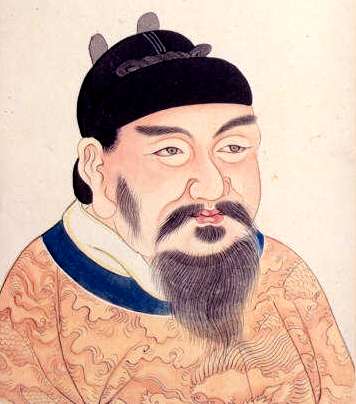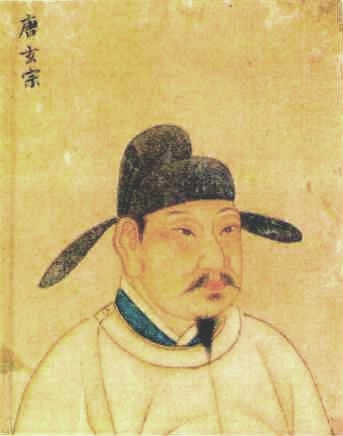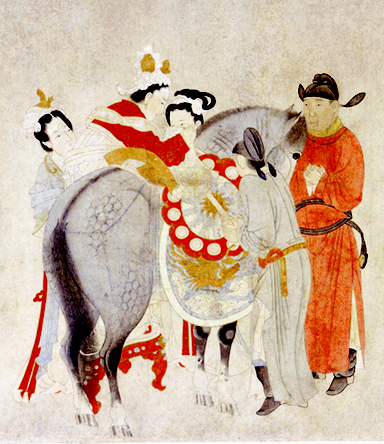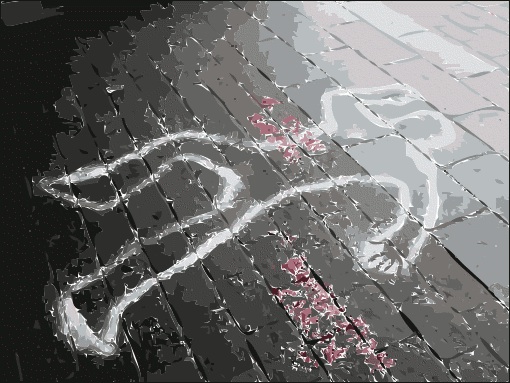Lisbon in War Time
The thriller writer John Masterman, who was also an Oxford history don, sportsman, and the chairman of the WWII British intelligence unit known as “Twenty Committee,” described war-time Lisbon as a “sort of international clearing ground, a busy ant heap of spies and agents, where political and military secrets and information -- true and false, but mainly false -- were bought and sold and where men’s brains were pitted against each other.”
 |
| Sir John Cecil Masterman |
This is the Lisbon to which the British agent codenamed “Zigzag” traveled in March,1943. Zigzag was a double agent, who had first been trained as a saboteur and intel operative (codename: “Fritz”) by the Nazis, then parachuted into England to report on troop movements and blow up the factory where Britain turned out its Mosquito bombers.
As soon as he removed his parachute, in his native Britain, however, he walked to the nearest phone and turned himself in to MI5, volunteering to spy for England instead.
For months afterward, Zigzag had radioed his Abwehr masters whatever MI5 told him to. The master illusionist Jasper Maskelyne was even brought in. Working with his team, Maskelyne created a ruse that would dupe the Germans into believing Zigzag (“Agent Fritz” to the Germans) had destroyed the transformers providing electricity to the De Havilland aircraft factory that produced Mosquito bombers in England, putting the factory out of action for some time.
Everything had gone very well in England; the factory bombing ruse had worked so well, the Nazis even presented “Agent Fritz” with the Iron Cross. Then -- his German assignment complete -- Zigzag sent a message that indicated he was under suspicion and had decided to escape back to Germany. MI5 duly packed him off to meet a prearranged contact with the Abwehr in Lisbon, in order to begin spying for Britain within the occupied continent itself.
Now, however, reports reaching MI5 and MI6 indicated Zigzag had gone rogue. Having contacted his Nazi masters in Lisbon, as planned, he’d then ditched the British plan, instead obtaining high-explosive charges disguised as lumps of coal, which he volunteered to plant in the coal bunkers of the “City of Lancaster,” in order to sink the steamer that had transported him from Liverpool to Lisbon, and which carried supplies important for the British army in North Africa.
MI6 put a man on Zigzag’s tail, planning to kill the double agent if needed, in order to save the ship with its critical supplies, while MI5 scrambled to get one of Zigzag’s controllers on the ground in Lisbon to find out what was going on.
The stuff of fiction.
Except that this is NON-fiction!
Breaking the Code
 |
| Ben Macintyre |
My colleague, David Edgerley Gates, has written about code breaking in fascinating posts on SS in the past. One very specific fruit of this code breaking, during WWII, is detailed in Agent Zigzag, a great book I recently read, which was written by Ben Macintyre (associate editor at the London Times) and published in 2007. Even more amazing: the book is non-fiction.
Before the war, a low-born English villager named Edward Arnold “Eddie” Chapman was a thief, con artist and philanderer who managed to charm nearly everyone he met. During the war, he was recruited to work as a spy for the Abwehr, the Nazi intelligence apparatus. But, due to his nature – and the fruits of code breaking – he was doubled-back against the Germans as the British operative “Agent Zigzag.”
A Little Background
During WWII, the Nazis encrypted their radio traffic using cipher gear known as the Enigma Machine. Essentially, cipher clerks would type a plain-text message into the Enigma Machine, and an enciphered text printed out the other end in 7-figure blocks, which were then forwarded to radio operators for transmission.
Enigma machines were sent to all major commands, and even stationed aboard U-boats and other naval vessels. This was because the Nazis felt their Enigma machine rendered all encrypted messages “unbreakable,” and they wanted secure communications throughout the Third Reich.
However, Arthur Owens (Britain’s “Agent Snow”) managed to obtain one of the machines (or parts of it, depending on which account you read), along with a book of codes and signal operating instructions, for British intelligence. This gave the cryptographers and other brilliant professors working at Bletchley Park, England – also called “Station X” – a sort of running jump. And they managed to break the Nazi’s unbreakable cipher system quite early in the war, enabling the Brits to read the Nazi’s most classified radio signals from then on.
They called this secret ULTRA.
But, the Brits weren’t just using ULTRA to gather Wehrmacht troop deployment information. They were also reading all the secret transmissions sent out by the Abwehr – including transmissions that identified Nazi spies. Using this information, the intelligence services were able to capture most Nazi spies as (or soon after) they entered the country. Then, in a remarkable feat of ingenuity, they managed to “turn” a significant number of these spies, using them to transmit bogus intelligence reports back to the Abwehr.
The specific information those turncoat spies delivered was carefully considered and vetted by a committee formed from representatives from all branches of the military, the Home Office and industry, chaired by the eminent Oxford don John Masterman, mentioned at the beginning of this article.
This committee, charged with generating the information that would double-cross Germany’s spy masters, without giving the game away, was named XX, representing “double-cross”, and in that ineffable British humor, the name finally became “Twenty Committee” as a pun on the Roman numeral XX. Twenty Committee worked hand-in-glove with MI5 (using ULTRA intercepts) to identify, then turn, numerous agents throughout the war.
In February of 1942, these spy hunters began to intercept transmissions about a new spy codenamed “Fritz” who would be coming to England soon. But, while most of the spies the Brits caught seemed fairly inept, and none of them were native British sons, this one looked to be different.
ZIG
During the 1930’s, Eddie Chapman, and some of the nefarious friends he hung around posh London clubs with, learned to use Gelignite to blow open safes. ( I told you it sounds like fiction!)
The “Jelly Gang,” as they were quickly dubbed, realized they’d discovered a fantastic new way to nab stacks of quick cash. The gang blew a lot of safes -- and a lot of stolen money, in those posh London clubs. But, by February of ’39 the cops were closing in on the Jelly Gang, so they decided to evade pursuit by taking a vacation with Chapman’s girlfriend on the Channel island of Jersey.
 |
| Eddie Chapman, a man of many names |
There, in the Hotel de la Plage, as Chapman sat to dinner with his girlfriend -- a Shropshire farm lass of eighteen, named Betty -- he looked up to spot two policemen pointing at him from the maitre d’ desk. Pausing only to kiss Betty and say, “I shall go, but I shall always come back!” Chapman jumped out through a closed window and ran away before the sound of shattering glass could die out.
Though he broke into homes and businesses to obtain cash and clothing, planning to get his hands on a boat and escape from the island back to London, Chapman’s freedom was short-lived. On March 11, 1939, the Royal Court of Jersey sentenced Eddie Chapman to two years hard labor for housebreaking and larceny -- which wound up being an incredibly lucky break for the guy!
ZAG
The other members of the Jelly Gang had been arrested in their hotel rooms on the island, and were taken back to London, where they stood trial and got forty years for their safe cracking exploits.
But, because Eddie had committed crimes on Jersey, while on the lamb, the island authorities refused to let him be taken back to London before serving out his two year sentence on Jersey. This sentence was increased, somewhat, after Chapman escaped from the prison but was again arrested before managing to escape the small Channel island.
During Chapman’s incarceration, Hitler invaded Poland and Britain went to war. Before his release, the Nazi army invaded the small Channel isle of Jersey, which they occupied for much of the rest of the war. This made little difference to the inmates, except that the food went down hill.
Upon his release, Chapman found it impossible to leave the occupied island, so he and a buddy opened a small shop. Chapman had met this friend, Anthony Charles Faramous, when he had been thrown in the island pokey for a fairly minor infraction, and the two shared a cell.
Faramous knew a little about cutting hair, so he ran a barber shop in the front of the store, while Chapman dealt in the black market out the back. The two men longed to get back to London, but couldn’t find a way. Until Chapman suggested they volunteer to spy on England for the Nazis.
Their initial offer was met with a lackluster response. But, several months later -- after the men had been shipped off to a French concentration camp -- Chapman was interviewed and recruited by the Nazis, who gave him a 3-month mission of intelligence collection and sabotage in England, while they hung onto Faramous as a hostage.
Before it was all over, Eddie Chapman would gather intelligence and bed beauties across Occupied France, Germany, Norway and England. But was he really a German spy who tried to sink a merchant vessel laden with critical British war cargo?
I’m not about to ruin things by telling you. If you want the details, you’ll have to read the book.
 |
| Lord Victor Rothschild, inspiration for "Q" |
I will give you a hint, however: His actions had something to do with a request from Lord Victor Rothschild, the man Ian Fleming reputedly based the James Bond character “Q” on.
In two weeks, I’ll be back to review another terrific espionage book -- a fiction novel with a story that sprawls from the closing days of WWII, to concentrate and finally conclude in Cold War Berlin. This novel, entitled
Black Traffic, was written by our own David Edgerley Gates, whose prose style (imho) sings only the best notes of John le Carré and W.E.B. Griffin, combining to form a written concerto of suspense that kept me up nights until I was done.
See you then!
--Dix









 Like most writers I love reading. I guess I could be perfectly happy reading all day every day. I loved reading so much that my late husband, Elmer and I opened a bookstore in Austin in 1990. We titled it Mysteries and More. The "more" part was because we also had science-fiction, western, and general fiction. But all of those genre were used books. The new books were all mysteries and we had a huge number of used mysteries. I used to say we had 75% used and 25% new books. That was probably accurate. M & M was only the second mystery bookstore in Texas. Murder by the Book was the first and I think it's the only one currently still in business.
Like most writers I love reading. I guess I could be perfectly happy reading all day every day. I loved reading so much that my late husband, Elmer and I opened a bookstore in Austin in 1990. We titled it Mysteries and More. The "more" part was because we also had science-fiction, western, and general fiction. But all of those genre were used books. The new books were all mysteries and we had a huge number of used mysteries. I used to say we had 75% used and 25% new books. That was probably accurate. M & M was only the second mystery bookstore in Texas. Murder by the Book was the first and I think it's the only one currently still in business. 








